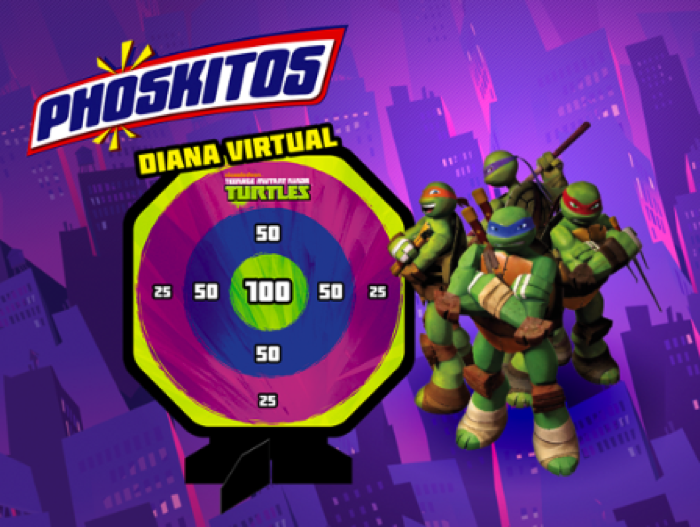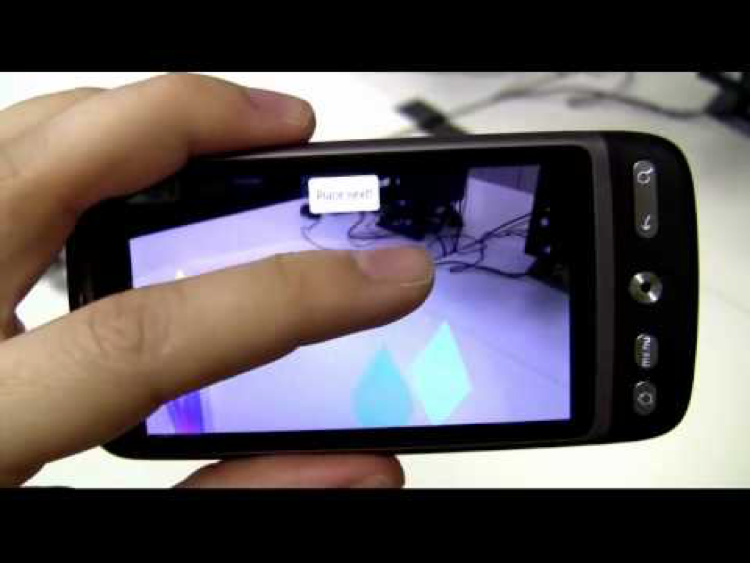I think every mobile developer is hoping to develop there first own own AR App. But you don’t know how to start? So, let’s see our massive investigation of Augmented reality.
Its TRUE, Pokemon Go is the first app which first attracted people in huge number. Then, the awareness about the AR app exploded. And, lot of people are now looking to play with Augmented Reality. Also, lot of people have started developing there own AR app. People are finding different ways to use AR in different sector. For example : Learning,Gaming,Health Care, etc. So, its important each developer to invest time in learning AR/VR application development.

Confused?
Well its True, that Pokemon go is not an actual AR app. People like to call it a simple “location-based entertainment"
Well , I say Pokémon Go is AR. Just a really basic version of it.
Pokemon Go is showing virtual character on Screen with camera running in background.
Its not properly mapped in 3d world. It has a very smart location based server. Which tells the mobile to show specific Pokemon character in specific location .
Let’s revisit some definitions. Virtual reality places users inside the virtual world, immersing them. Augmented reality overlays virtual objects on the user’s real world, augmenting it. Although closely related to AR, mixed reality anchors apparently solid virtual objects in the user’s real world. So they appear to the user as real. So far, so simple.
For developers ,
To start AR application development. There are N number of platform/sdk.
Following are the top SDK/Libraries available in Market.

Well there two types of app development.
- For Entertainment (Games)
- For Productivity (Learning,Training , etc.)
If you are planning to develop for a gaming application using AR for entertainment industries or any companies ADs product.
I would suggest to use Unity as your development platform.
And then you can use any above mentioned SDK/Library to develop your game/app.
For productivity app. I would recommend to use native platform. Which are iOS and Android SDK. Cause, for while developing productivity app there are N number of other screen apart are needed to be developed. Also, there might be requirement of using different features of device. For which Native SDK is best choice. considering you are looking for best performance. Although, I am not saying using that you can not unity or any other cross development platform to develop a AR app.There are different cross platform sdk to develops apps for iOS and android.
Like: ReactJS, Xamrin, Appcelerator, kony, etc. But, first priority should always be given to native SDK.if you really want user to love and continuously use your app.
Moving on to types of mobile Augmented Reality applications
Before starting our list, it is essential to understand the types of augmented reality apps when you want to build one for yourself.
Marker – Based
Marker – based apps are used for image recognition like a face or a special object with the help of phone’s camera. After this step, an overlay with computer – generated graphics is added over the marker.

Markerless – Based
“Markerless AR” is a term used to denote an Augmented Reality application that does not need any pre-knowledge of a user’s environment to overlay 3D content into a scene and hold it to a fixed point in space. Until recently, most AR fell under the category of “marker-based AR,” which required the user to place a “tracker” — an image encoded with information that’s translated by complex software to produce a 3D object that maintains spacial orientation within a scene — in order to achieve the desired effect. Markerless AR solutions have included new hardware packages like Google Tango, though we prefer a proprietary solution developed in house that produces the same effect without the need for specialized equipment.Location – Based
Location – based apps are those apps which detect your location using GPS, compasses and accelerometers. Next, digital objects are added in that specific landscape for creating an interesting visual effect.
Tools For Mobile Augmented Reality App Development
Now, it is time to reveal the most popular instruments that can help you to build your augmented reality app.
Vuforia
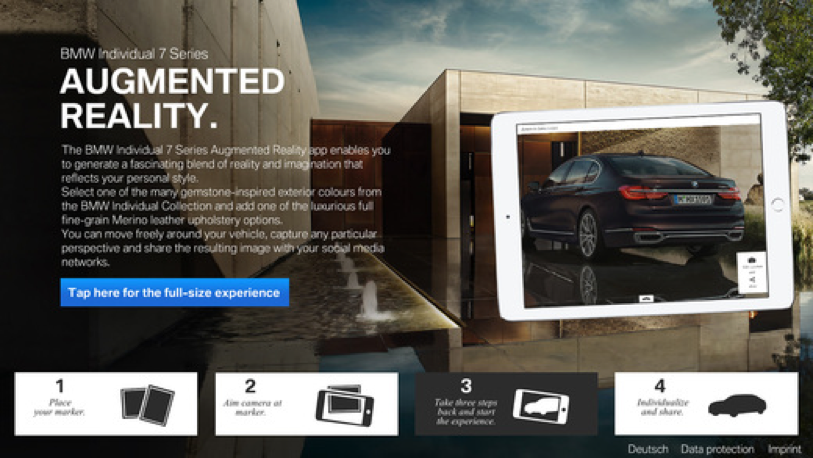
Vuforia is one of the most used platforms for AR effects. It detects a wide range of elements like boxes, cylinders, objects, user – defined images or text and it allows you to add background effects, videos and buttons. It will help you to build interesting applications for both Android and iOS devices. If you want to create games you will be happy to hear that it is compatible with Unity. You can try all these features for free, but if you want to publish your app you will need to pay, according to your needs and your app category.
ARToolKit
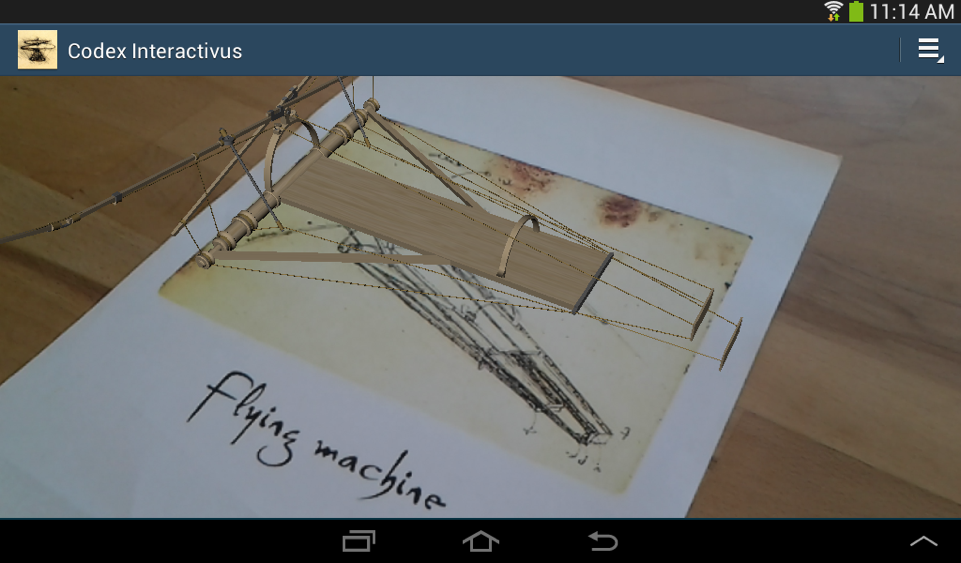
ARToolKit is an open source SDK developed by DAQRI so you can use it for free with personal and commercial benefits. It offers solutions for Android and iOS apps and it is very easy to import the wanted APIs to your projects. You will start by choosing from various examples and you will add the code inside your IDE. For game development it also has a version for Unity. With camera calibration feature and being able to detect various objects it can be the right solution for those app owners with a small budget.
Wikitude
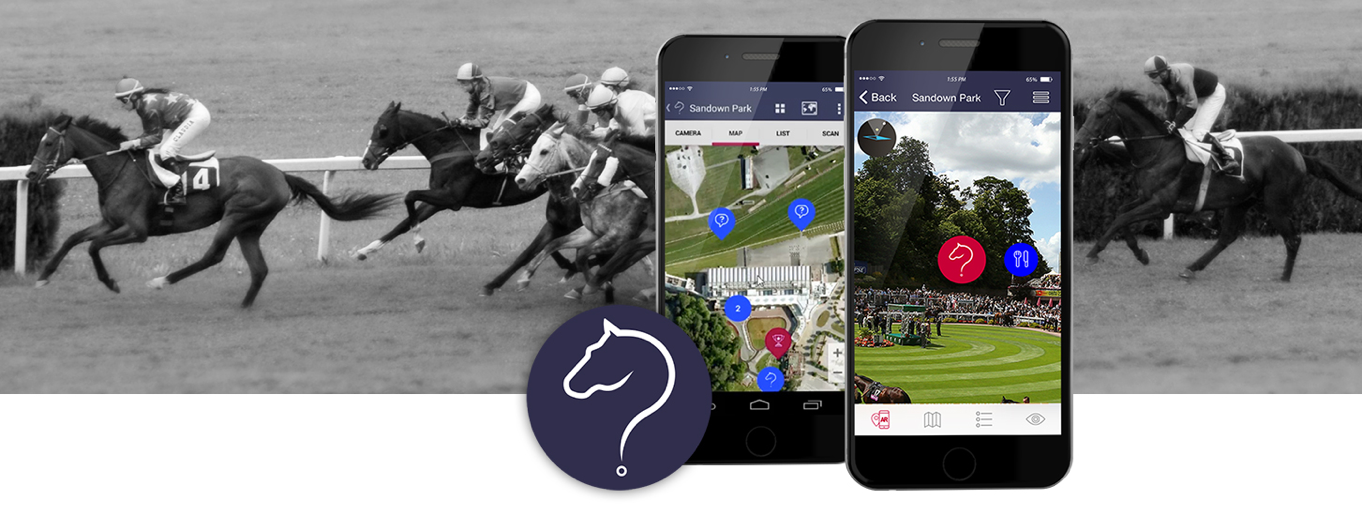
Wikitude is one of the most popular platforms, which offers you everything you can imagine for building your AR app, from image recognition and tracking, to multiple images target and, also distance to image target. An advantage would be the developer page with all the support you need like forum, blog, documentation and video tutorials. Of course, everything comes with a cost so you should check the pricing plans before making your decision. You can choose between one – time fee or yearly subscription and you will have a single app for multiple platforms.
ARLab
ARLab offers different SDKs according to your plans. In case you want geolocation features for your app then AR Browser will help you to customize the tool you need. But if you plan to implement an image recognition engine then you will need Image Matching which matches multiple images at a time with QR Codes detection. And the best part is that you won’t need Internet connection to make it functional. The prices are the same whether you will build Android or iOS apps, but you have to check the pricing list before starting with the development process.
DroidAR
DroidAR is an augmented reality location – based framework for Android apps but it also offers solutions for marker – based AR apps. The advantage is that you can use the SDK for free, but the problem is that it doesn’t provide any option for iOS devices. In case you want to find out more about the capabilities of this product you can check the demo videos available on the official page, but you can also contribute for improving the code.
In my next blog, will build a sample AR application in Unity.



